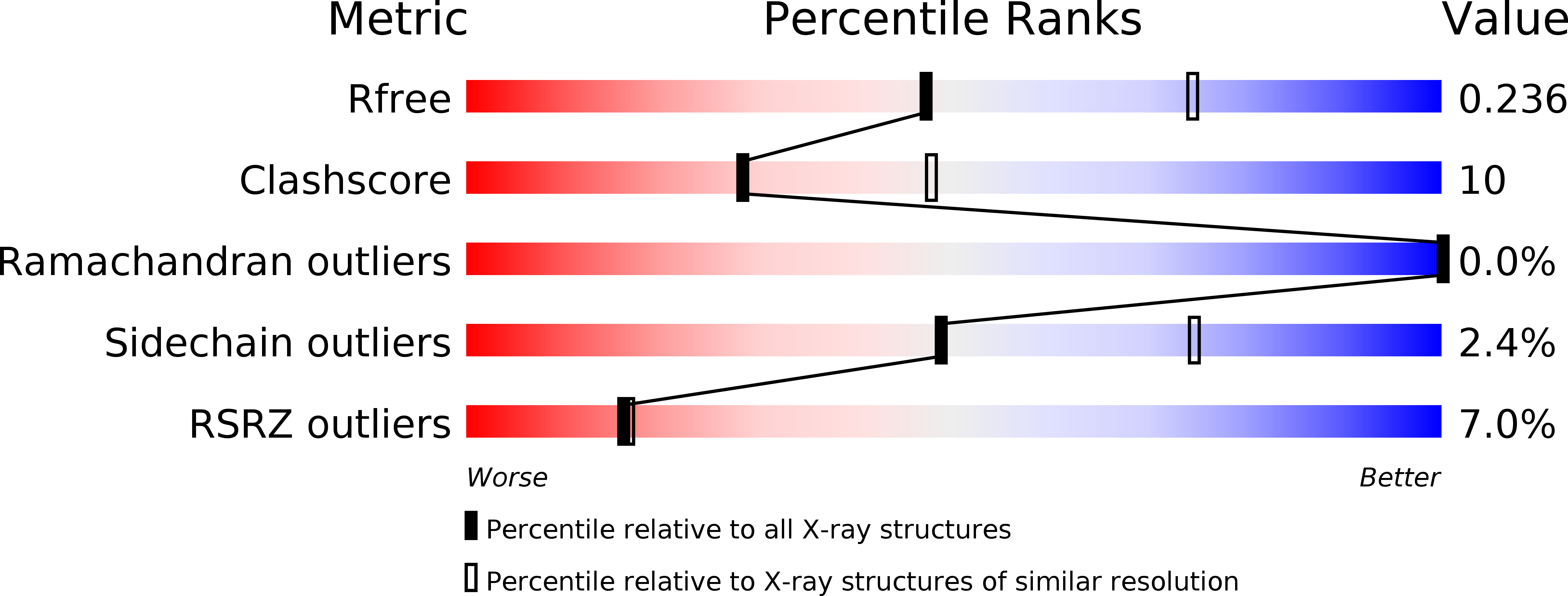
Deposition Date
2017-11-30
Release Date
2018-06-27
Last Version Date
2024-03-13
Entry Detail
PDB ID:
6BRF
Keywords:
Title:
Tubulin-RB3_SLD-TTL in complex with heterocyclic pyrimidine compound 4b
Biological Source:
Source Organism:
Homo sapiens (Taxon ID: 9606)
Gallus gallus (Taxon ID: 9031)
Sus scrofa (Taxon ID: 9823)
Gallus gallus (Taxon ID: 9031)
Sus scrofa (Taxon ID: 9823)
Host Organism:
Method Details:
Experimental Method:
Resolution:
2.50 Å
R-Value Free:
0.23
R-Value Work:
0.18
R-Value Observed:
0.18
Space Group:
P 21 21 21


